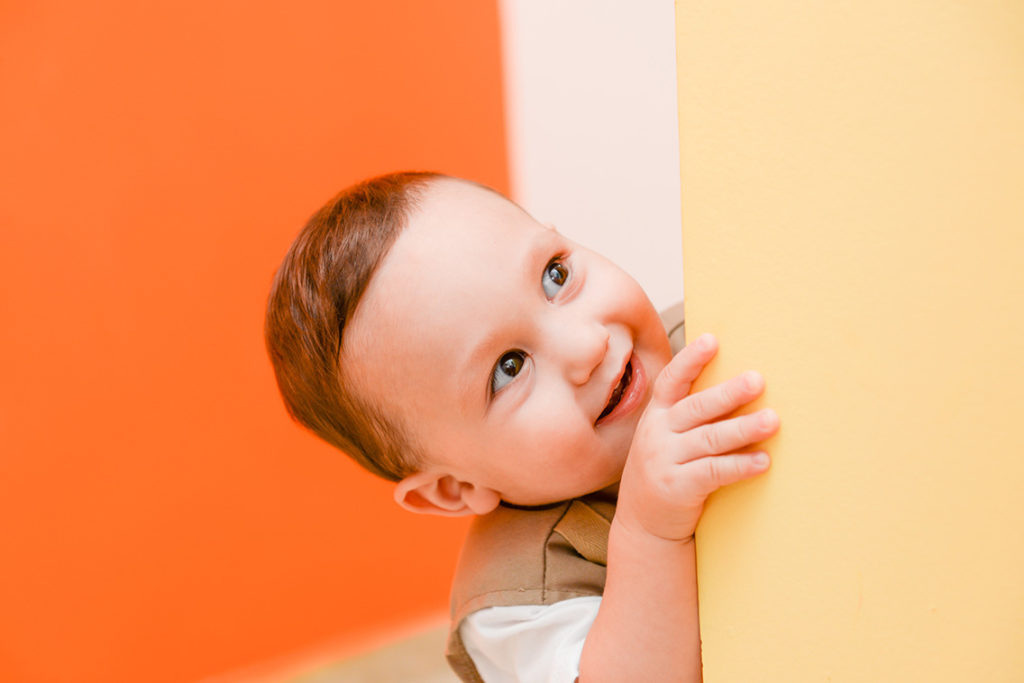Any time an adult responds to a child’s message, either verbally or non-verbally, and the child responds back, an interaction has started. And it’s within these early back-and-forth interactions that the foundation for all of a child’s future conversations is built.
From birth, children communicate using sounds, actions, eye gaze, and facial expressions. They don’t realize that these sounds and actions have any meaning until their caregivers consistently respond to them. In this way, children gradually learn that the messages they send without words have an effect on other people, and they start to send these messages intentionally.
Excerpted from Why Interaction Must Come Before Language, Hanen Centre







